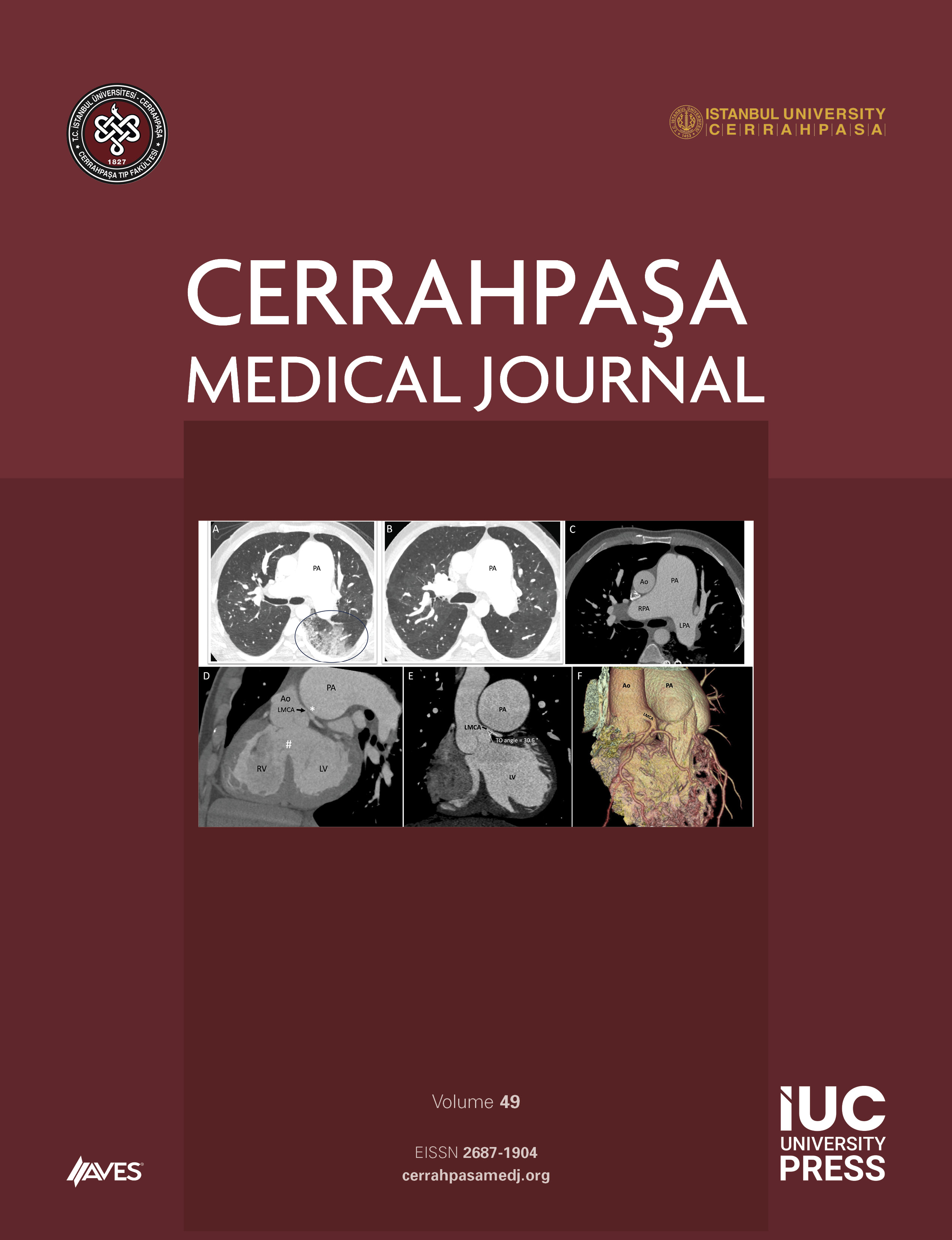Objective: This study aimed to identify the risk factors contributing to re-amputation, survival rates, and mortality determinants in patients who underwent unilateral lower extremity amputation due to diabetes mellitus (DM) or peripheral artery disease (PAD).
Methods: This retrospective study included 93 patients who underwent amputation due to DM (62) or PAD (31). Data regarding the etiology and level of amputation, comorbidities, ASA scores, postoperative intensive care unit (ICU) admission, ICU length of stay, re-amputation rates, factors necessitating re-amputation, wound culture results, time to re-operation, survival status, and duration were analyzed.
Results: PAD patients were older (P = .019), had fewer comorbidities than DM patients (P < .001), and predominantly underwent transfemoral amputation (TFA) (64.5%). The re-amputation rate was 32.6%, with a median interval of 6 weeks, driven by wound healing complications (64.5%). The median survival duration was 6 months (range 1–29 months). PAD-TFA patients had the highest re-amputation rates and the lowest 1-year survival. Independent mortality predictors included advanced age (P = .003), ASA-4 status (P = .018), and hypoalbuminemia (P = .032). Re-amputation did not independently affect survival (P = .213) but significantly reduced prosthetic fitting rates (P = .005).
Conclusion: Patients undergoing amputation for chronic lower extremity circulatory issues should be closely monitored for wound problems, particularly during the first 6 weeks postoperatively. PAD-TFA patients represent the highest-risk subgroup. The poor prognostic factors for survival include advanced age, ASA-4 status, and hypoalbuminemia. Furthermore, the significantly older age of PAD patients highlights the importance of addressing diabetes as a critical health concern across all age groups.
Cite this article as: Davulcu CD, Afacan MY. Identification of risk factors and survival in patients undergoing re-amputation after extremity amputation. Cerrahpaşa Med J. 2025, 49, 0003, doi: 10.5152/cjm.2025.25003.



